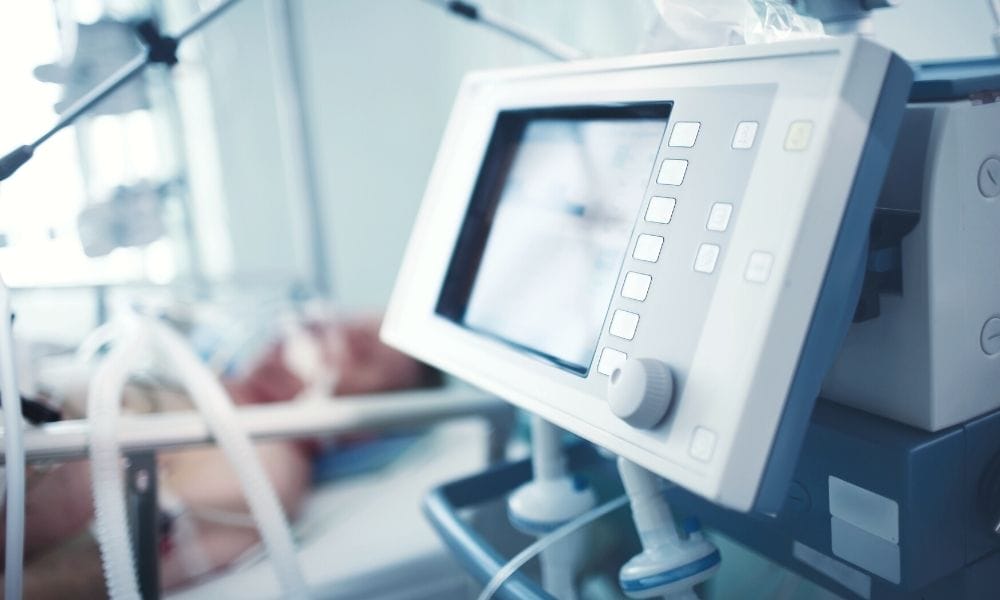A ventilator is an incredible, life-saving tool able to stabilize patients in critical condition. However, the process of reaching stabilization can be uncomfortable and distressing for the patients themselves. While it isn’t possible to remove all discomfort, healthcare professionals can make the situation less troubling by providing supportive care for patients on ventilators.
Choose the Correct Ventilator
In many instances, a patient on a ventilator is entirely incapacitated, necessitating the use of the most invasive type of ventilator possible. However, not every patient on a ventilator requires the highest level of intervention. A less invasive option may be available, depending on the patient’s situation. It requires a thorough understanding of the different types of ventilators to make that call safely.
Establish System of Communication
For patients who require more invasive solutions, such as the use of an orotracheal ventilator, verbal communication becomes impossible. This is possibly the most distressing part of the scenario for patients because they are unable to convey their needs. To provide the best care,hospitals should give the patient ways to make their needs known, such as:
- Using the number system to rate pain.
- Providing pen and paper for patients cognizant enough to use them.
- Holding up cards with common needs such as toilet or hygiene that patients can point to.
- Ensuring the patient call button is within reach of the patient.
- Utilizing speech-generating devices.
Because most communication methods require the unrestricted use of one’s hands, hospitals should avoid patient restraints when possible.
Provide Information
One of the best tools to fight fear is knowledge, which makes knowledge an essential tool in providing supportive care for patients on ventilators. Throughout the process, be intentional about educating both patients and their families about what ventilation is and how it helps patients. Whenever you do something to or around a patient, explain what you are doing and why. This will help stave off feelings of helplessness.
Ventilators are a necessity in the medical world, but so is keeping patients as comfortable and secure as possible. By providing supportive care, hospitals can ensure that patients’ road to recovery runs more smoothly.








